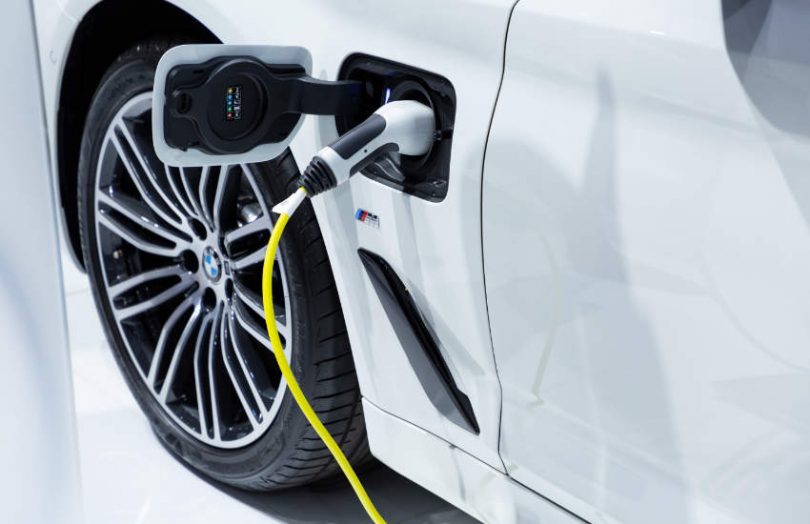BMW has partnered with Energy Web to demonstrate a blockchain solution for recharging electric vehicles with renewable energy. It also involved the Belgian and German electric grid operator Elia. The key benefit was sharing a vehicle’s decentralized identity with the grid operator. Usually, only charging stations communicate with the car, and the grid operator or TSO receives aggregate data. By using the Energy Web solution, Elia could see the details of the charging for that vehicle.
The solution is part of Energy Web’s Open Charging Network (OCN). Charging electric vehicles (EVs) is not dissimilar to mobile phones. Sometimes your call will use the operator you signed up to, and other times it will roam to another mobile network.
Likewise, most cars sign up to one charging network for charging electric vehicles, but several companies operate public charging points. When roaming, this adds an intermediary, and hence an additional cost. And Energy Web’s blockchain solution can instead route the charging cost. However, some might argue that the Energy Web blockchain is effectively the intermediary, and it only works with charging points that have signed up.
What underpins the Energy Web offering is a decentralized identifier for the car, which is stored in the vehicle’s wallet. The car can securely share private data with the charging point, and with their permission, the grid operator.
Why the grid needs the car’s data
“By assigning digital identities to EVs using Energy Web’s blockchain-based operating system, TSOs can finally benefit from visibility at the device level which they have never had before,” said Jesse Morris, CEO of Energy Web.
“EV users benefit too — in the future, drivers will have their vehicle recognized automatically wherever they are charging and whichever operator they charge with, and will be able to receive a guarantee that they charged using energy generated exclusively from renewable sources.”
We can see the need for the roaming functionality. But it was initially unclear why Elia needed to know the vehicle information and why the aggregate data wasn’t good enough. We asked Energy Web and a spokesperson explained that, “There is no-one else in the system that can tell the TSO ‘5 cars requested renewable’ – that’s the problem being solved.”
Our takeaway from the video is that getting car wallets integrated could help future applications such as using the EV’s battery for storing electricity at home. Although more details would be helpful. On the topic of using EV batteries for storage, last year Energy Web partnered with Volkswagen to explore the subject.
Another rationale for the grid receiving car data is based on Morris’ quote: to send a ‘guarantee’ or evidence that the charging was renewable only, the grid operator needs to send it to a specific wallet.
On the other hand, if the ‘guarantee’ isn’t required, then the car’s software could simply communicate with a charging point every time it wants renewably sourced energy. But given renewables often come at a premium price, users may well want to see that guarantee.
Meanwhile, auto companies Honda and General Motors led a MOBI blockchain working group to create standards for integrating electric vehicles into the grid.
Update: The article was updated with a response from Energy Web






